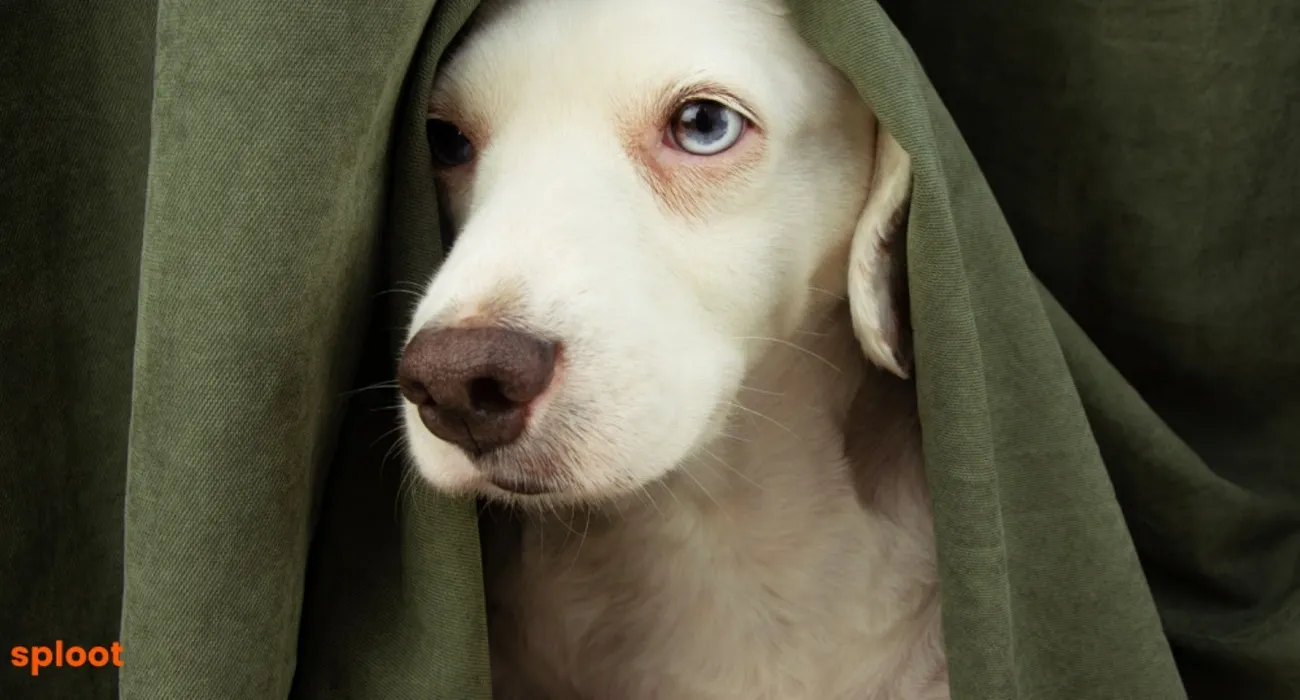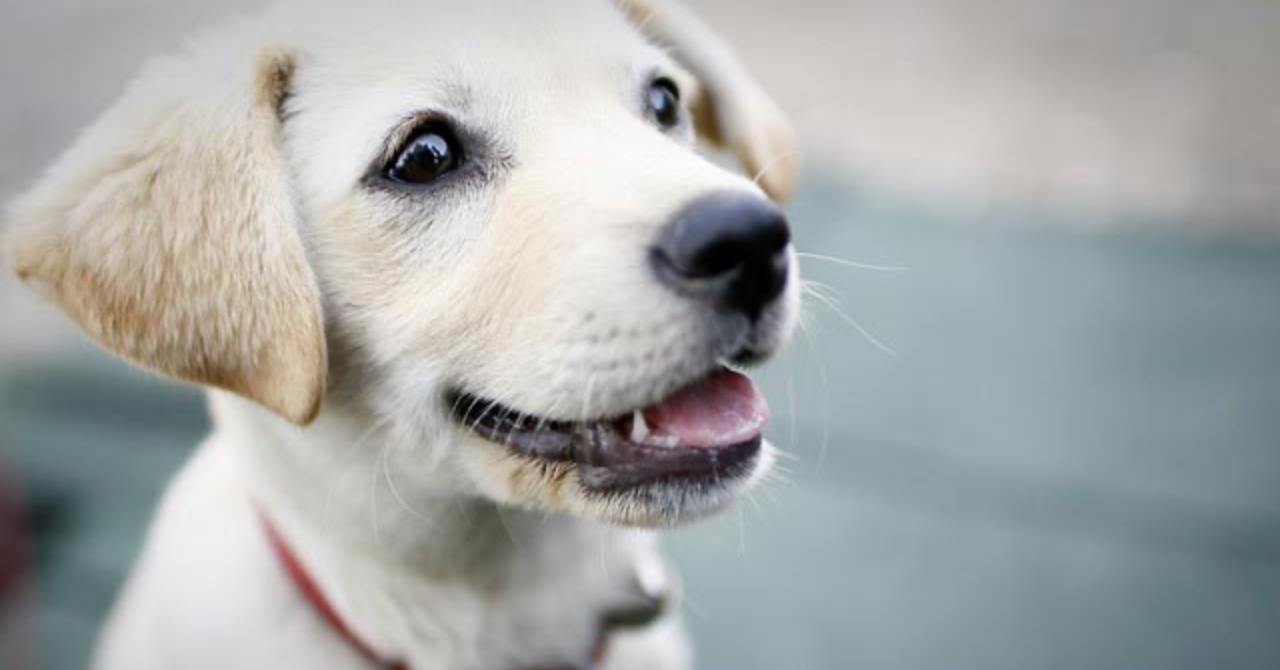For many dog owners, leaving their furry friends alone can be a heart-wrenching experience, not just for the pet parents but also for the dogs themselves. Separation anxiety in dogs is a common behavioral issue that can manifest in various ways, from excessive barking and howling to destructive chewing and even house-soiling. If left unaddressed, separation anxiety in dogs can lead to significant distress for both the dog and the owner, and potentially even pose a risk to the dog's safety. In this comprehensive guide, we'll explore the causes, symptoms, and effective strategies for dealing with separation anxiety in dogs.
What is Separation Anxiety in Dogs?
Separation anxiety is a condition where a dog exhibits distress and behavioral problems when left alone or separated from their owner or family members. It's important to note that separation anxiety is not a form of disobedience or spite; it's a genuine panic response that stems from the dog's strong attachment to their owner.
Causes of Separation Anxiety in Dogs
While the exact causes of separation anxiety in dogs can vary, some common contributing factors include:
- Abandonment or Trauma: Dogs that have experienced abandonment or traumatic events in the past may develop separation anxiety as a result of their fear of being left alone again.
- Changes in Routine or Environment: Significant changes in a dog's routine or living environment, such as a new home, a new family member, or a change in the owner's work schedule, can trigger separation anxiety.
- Lack of Early Socialization: Puppies that are not properly socialized and exposed to various situations and people during their critical socialization period may be more prone to developing separation anxiety later in life.
- Genetic Predisposition: Some breeds, such as German Shepherds, Labrador Retrievers, and Border Collies, may have a genetic predisposition to developing separation anxiety.

Symptoms of Separation Anxiety in Dogs
The symptoms of separation anxiety in dogs can vary in severity and may include:
- Excessive Barking, Howling, or Whining
- Destructive Behavior (e.g., chewing, digging, scratching)
- House-soiling or Urinating Indoors
- Excessive Drooling or Panting
- Attempted Escape Behaviors
- Pacing or Restlessness
- Excessive Greeting Behavior Upon Your Return
If you notice any of these symptoms when you leave your dog alone, it's essential to address the issue promptly to prevent it from escalating and becoming a more severe problem.
Strategies for Dealing with Separation Anxiety in Dogs
Dealing with separation anxiety in dogs requires a multi-faceted approach that combines behavior modification techniques, environmental management, and, in some cases, medication or supplements.
Desensitization and Counterconditioning
Desensitization and counterconditioning are powerful tools for helping dogs overcome separation anxiety. This process involves gradually exposing your dog to the triggers that cause their anxiety (such as you picking up your keys or putting on your shoes) while also providing them with positive reinforcement (such as treats or praise) when they remain calm. Over time, this can help your dog associate the triggers with positive experiences rather than anxiety.
Environmental Enrichment
Providing your dog with plenty of mental and physical stimulation can help reduce their anxiety when left alone. Consider leaving puzzle toys, food-dispensing toys, or long-lasting chews to keep your dog occupied and mentally engaged during your absence.
Exercise and Playtime
Regular exercise and playtime can help your dog burn off excess energy and reduce their overall stress levels, making it easier for them to remain calm when left alone.
Crate Training or Confinement Area
Crate training or creating a designated confinement area for your dog can provide a sense of security and comfort during your absence. Ensure that the crate or area is associated with positive experiences and never used as a punishment.
Gradual Departure and Arrival Procedures
Develop a consistent routine for departures and arrivals, and gradually increase the duration of your absences. This can help your dog become accustomed to being alone without experiencing severe anxiety.
Calming Supplements or Medication
In some cases, your veterinarian may recommend calming supplements or medications to help manage your dog's separation anxiety, especially during the initial stages of treatment or if the anxiety is severe.

Seeking Professional Help
If your dog's separation anxiety persists or worsens despite your efforts, it may be beneficial to seek the help of a certified animal behaviorist or a professional dog trainer who specializes in separation anxiety. They can provide personalized guidance and support to help you and your dog overcome this challenging issue.
Prevention and Management Tips
While addressing existing separation anxiety is crucial, prevention and ongoing management are equally important. Here are some tips to help prevent or manage separation anxiety in dogs:
Early Socialization and Positive Experiences
Ensure that your puppy is properly socialized and exposed to various situations and people during their critical socialization period (between 3 and 14 weeks of age). This can help prevent the development of separation anxiety later in life.
Independence Training
Gradually introduce periods of alone time for your dog, starting with short durations and gradually increasing the time as your dog becomes more comfortable. This can help foster independence and reduce their reliance on your constant presence.
Avoid Reinforcing Anxious Behaviors
While it's tempting to comfort or reassure your dog when they exhibit signs of anxiety, this can inadvertently reinforce the behavior. Instead, remain calm and avoid giving your dog attention until they have settled down.
Provide Mental and Physical Stimulation
Regular exercise, playtime, and mental stimulation can help reduce your dog's overall stress levels and make it easier for them to cope with being alone.
Consistent Routines
Maintain a consistent routine for departures and arrivals, and avoid making a big deal out of coming and going. This can help minimize your dog's anxiety around these events.
Dealing with separation anxiety in dogs can be challenging, but with patience, consistency, and the right strategies, it is possible to help your furry friend overcome their anxiety and enjoy a happier, less stressful life. Remember, seeking professional help from a certified animal behaviorist or a dog trainer specializing in separation anxiety can be invaluable in addressing this issue effectively.










